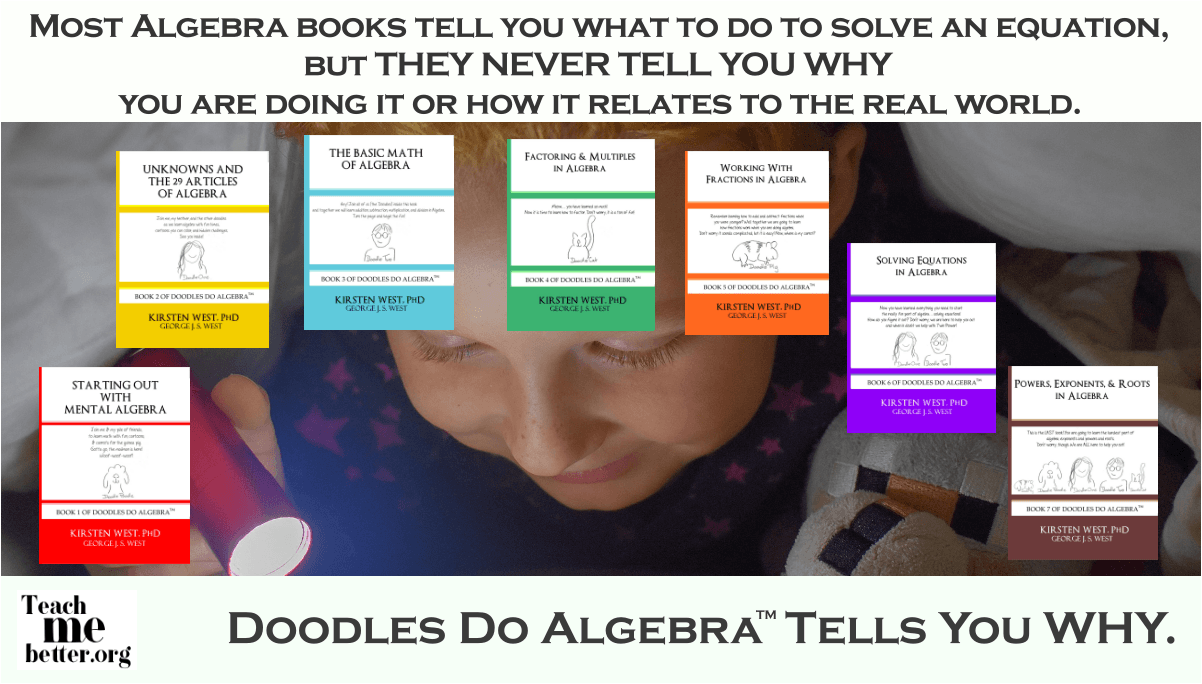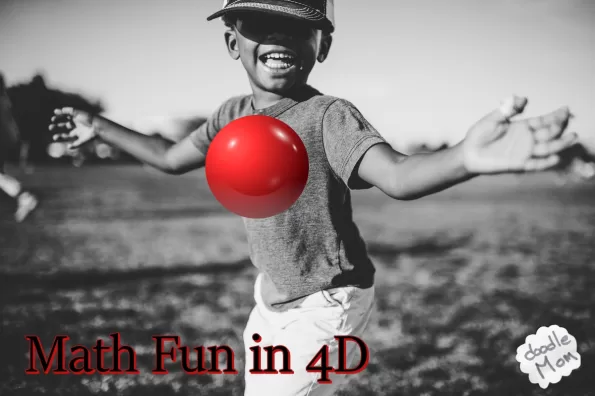 It seems this week really is all about time in our house. New year starting, Central American peoples focusing their whole societies around the passage of time, and then Galileo’s experiment.
It seems this week really is all about time in our house. New year starting, Central American peoples focusing their whole societies around the passage of time, and then Galileo’s experiment.
I am teaching physics to my kids this year, because to me physics really is the core science. The science upon which all the other disciplines build their inquiries. I also firmly believe in delaying any formal teaching of science until a child has the beginnings of a grasp of algebra under their command so that they can really learn science as the scientists discovered it themselves, rather than a hand-holding, mind-stunting, random perusal of various scientific facts. Scientific facts are not science. Science is the beauty of exploration and discovery of the world around you.
To quote Richard Feynman, possibly one of the greatest physicists ever, you can never know why a ball falls when you let it go, you can only know how it falls and understand the behavior so that you can predict it in the future. The whys are not knowable, those are known only by the one who created the system we live in. But understanding the behavior – that is the science. Not memorizing factoids.
And so yesterday my children learned about Galileo and his inclined plane experiment in which he used a ball, a sloped plane with equal distances marked along it, and his own pulse as the timekeeper. Time. Time in those days was a problematic entity. Without the timekeeping technology we possess today, Galileo used the most regular timekeeper he had – his heart.
Measuring the time it took the ball to roll down the plane and pass through 4 equally-spaced intervals, Galileo found a number pattern emerge:
mark 1 – 1 second
mark 2 – 4 seconds
mark 3 – 9 seconds
mark 4 – 16 seconds
At this point my children asked me to stop and so I sat and watched them try to work out the relationship (or number puzzle). After a few minutes of thinking and testing ideas, I saw the lightbulb flash above their heads – the time was the square of the distance. We talked about what force was pulling the ball down the plane towards earth (gravity) and what factors (like friction) might slow the ball down, but that if all other factors being constant, the distance the ball travels would always and forever be proportional to the square of the time elapsed. Time.
My children will never, ever forget this. Their imaginations sparked by the story of Galileo searching for a reliable timekeeper and finding it within himself, they actively worked to figure out the physical relationship for themselves, just as Galileo had so many centuries ago. We took the time to consider the problem together as part of the lesson and having spent that ‘thinking’ time, my kids imprinted the end result in their brains. No studying or memorizing necessary. Just understanding. Something you cannot do until you have a firm command of the underlying toolset: math.
It does not really matter to me how long it takes us to get through physics. I am walking my kids through an entire year of college-level physics at a pace that allows them to work everything out for themselves. Then we can worry about chemistry and biology. Then the other scientific disciplines will make sense. And in the meantime, their math skills will develop and be ready as they are needed.
It is all about time.
From Galileo’s pulse, to the individually-tailored pace that homeschooling affords. Time.





